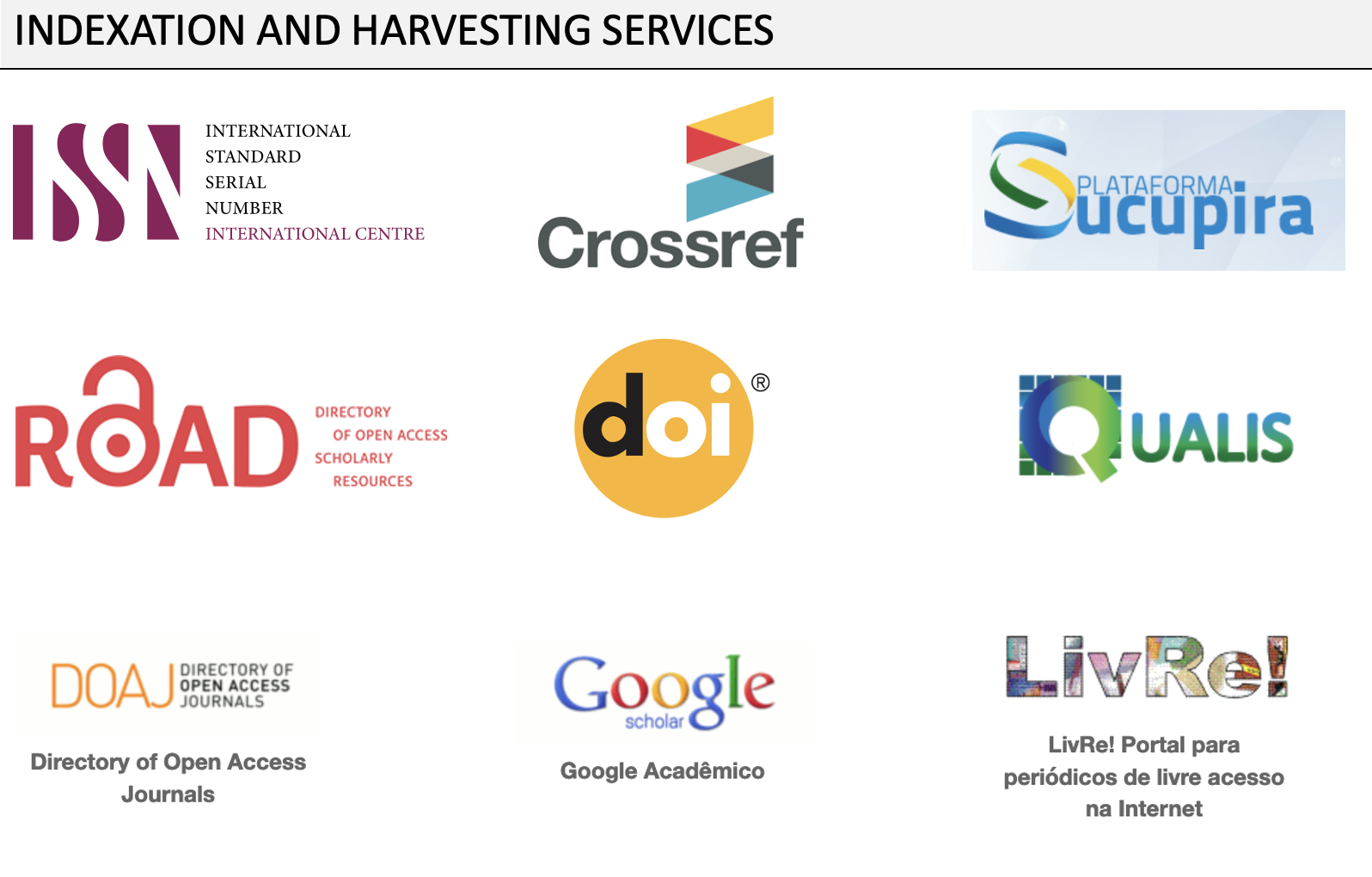Submissions
Submission Preparation Checklist
As part of the submission process, authors are required to check off their submission's compliance with all of the following items, and submissions may be returned to authors that do not adhere to these guidelines.- The submission has not been previously published, nor is it before another journal for consideration (or an explanation has been provided in Comments to the Editor).
- The submission file is in Microsoft Word.
- Your document file follows our Submission Instructions (ie., Author Guidelines)?
- Where available, URLs for the references have been provided.
- The text is single-spaced; uses a 12-point font; employs italics, rather than underlining (except with URL addresses); and all illustrations, figures, and tables are placed within the text at the appropriate points, rather than at the end.
- The text adheres to the stylistic and bibliographic requirements outlined in the Author's Guidelines.
- Have been added the Data Availability Statement.
Editorial
Introductory pieces to Thematic Issues or reporting special events, written by Board members or Guest EditorsArticles
Our journal publishes articles within annual thematic issues, and all articles are subject to an (open) peer-review process (according to our evaluation policies and the open peer-review guidelines we have been working with). In addition, the Editorial Committee and the Editorial Board are presently considering the possibility of introducing a continuous flow issue, depending on the expected growth in demand over the coming months, due to the journal's first indexations and the DOI’s attribution.
Reviews
In this section, we regularly invite some colleagues to offer some reading advice, not just on recently published books, but also on pieces they find fundamental to our readers. Reviews also entail published commentaries and responses to position papers that our journal publishes in Special Editions.Copyright Notice
NOvation is an open-access journal under a Creative Commons – CC Attribution-NonCommercial-ShareAlike 4.0 license, which allows others to share the work with an acknowledgement (and preservation) of the author's authorship and intellectual property rights.
To this extent, the authors who publish in this journal agree with the following terms:
1. Authors retain the rights and grant the journal the right of first publication, with the work published under the Creative Commons – CC Attribution-NonCommercial-ShareAlike 4.0 that allows [...].
2. Authors have authorization for distribution, of the version of the work published in this journal, in an institutional repository, thematic, databases and in other works as a book chapter, with acknowledgement of authorship and initial publication in the journal;
3. Papers published in this journal will be indexed in databases, repositories, portals, directories and other sources in which the journal is and will be indexed.
Ethical Responsibilities of Authors
This journal is committed to upholding the integrity of the scientific record.
Consent to submit has been received explicitly from all co-authors, as well as from the responsible authorities – tacitly or explicitly – at the institute/organization where the work has been carried out, before the work is submitted.
Privacy Statement
The names and email addresses entered in this journal site will be used exclusively for the stated purposes of this journal and will not be made available for any other purpose or to any other party.
Consult our institutional documents and policies for more information at: https://ufpr.br/lgpd/documentos/




